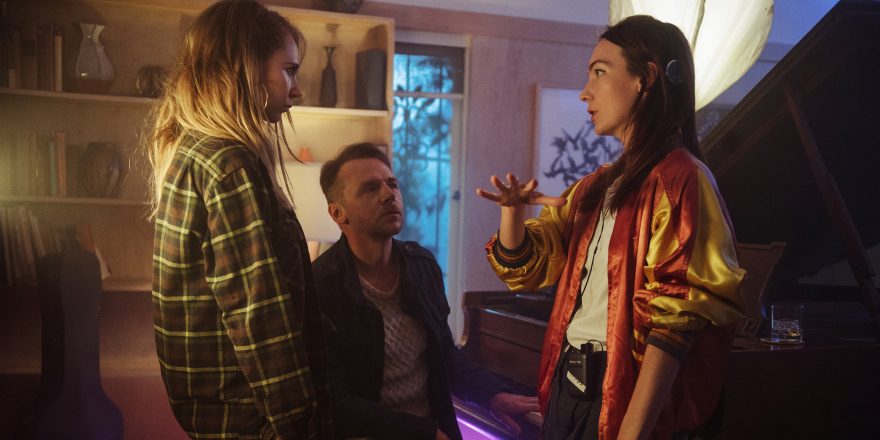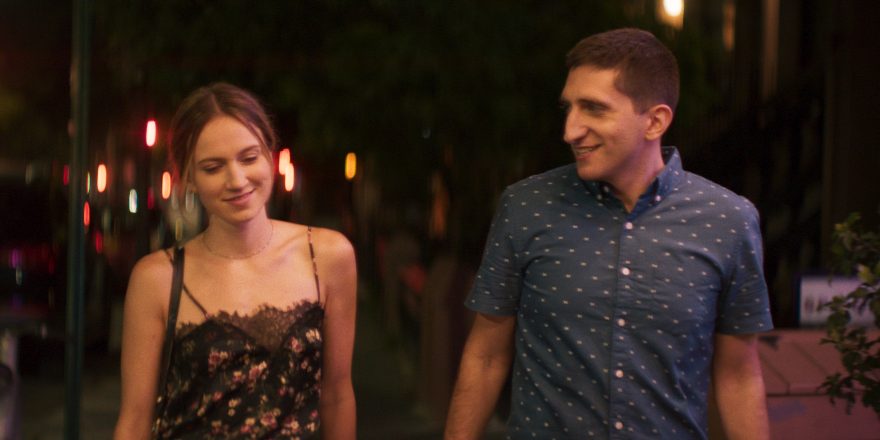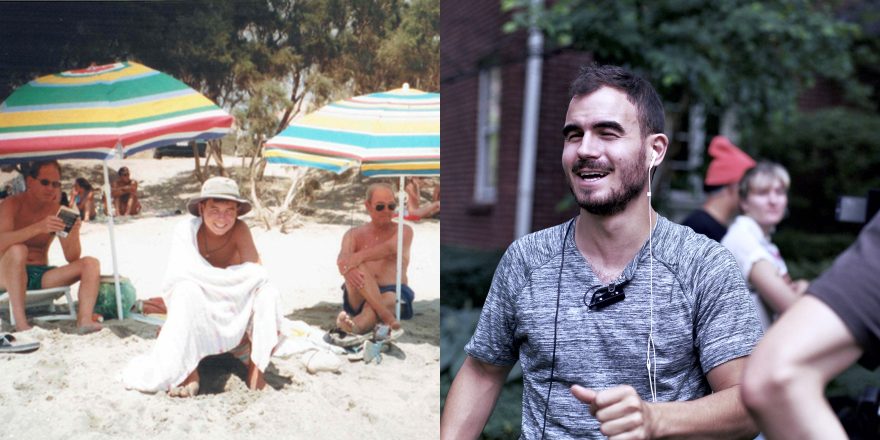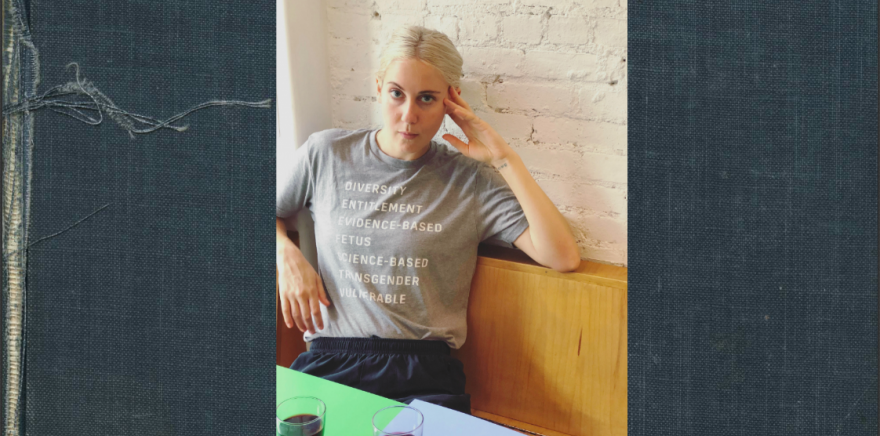If you write what you know … you often end up writing what you’ve lived. With my new film, Lost Transmissions, I discovered the difficulties of trying to adapt a story from real life which encompassed a large, sprawling group of friends. There was a notorious email chain between dozens of people who were trying to help a friend of mine – we’ll call him Billy – when he went off his schizophrenia medication. It became lore among certain folk in the London and Los Angeles music scenes. With Lost Transmission, I saw an opportunity to clearly reveal the complications of dealing with mental illness, both interpersonally and bureaucratically – but from the friends’ perspective, rather than being stuck inside Billy’s fevered delusions. I had seen that enough in other films, which by nature are psychological horror movies which only ended up compounding fears about the mental illness.
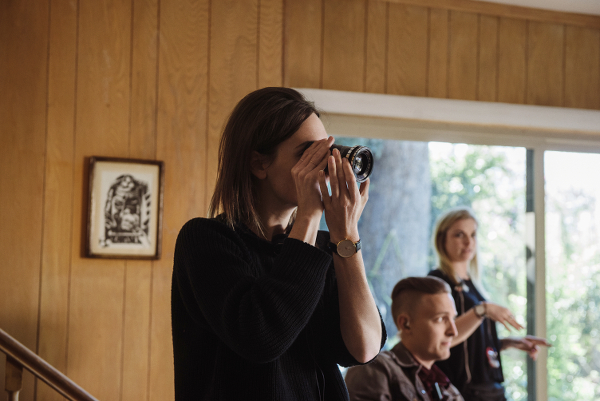
Telling the story from this perspective left me with the choice to either make the film an ensemble piece or follow just one friend. Ensemble movies are quite an endeavor for a first feature. I felt I needed to tap into a consistent throughline, one character who the audience could become deeply invested in, who they’d really empathize with. This way I could better get at the emotions me and my group of friends were all feeling. Sometimes straying from the facts can better represent certain truths.
I created the character of Theo inspired by my friend Billy, although Theo evolved organically as played by Simon Pegg in the film. Hannah, played by Juno Temple, is the film’s other central figure, a young musician Theo records and mentors. I was worried people would assume Hannah was some version of me, and that I was casting myself as the hero, which certainly wasn’t the case. There were a great many people involved in getting my friend to safety. The situations Hannah goes through with Theo are an amalgamation of several people’s experiences, some of them mine, some of them invented to serve the story.
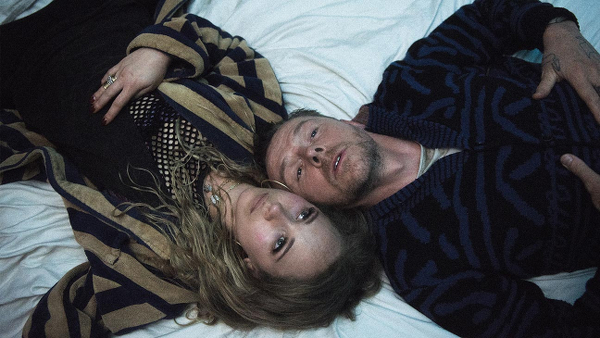
When writing any character, you do, however, end up drawing on a lot of yourself – whether consciously or unconsciously – to breathe life into them and make them believable. You have to. This applies to every character you write in a story, even the villains. It’s tricky to try and analyze someone’s writing if you’re looking for insights into the author. There might be fragments, yes, but then stories spin off from there which are complete fiction.
The fact that Lost Transmissions was reverse-engineered from an expansive story to a small, personal one proved to be the biggest hurdle crafting it in the edit. It was on some level still trying to be both an ensemble and a two-hander between Theo and Hannah. I felt some pressure to stay close to the truth of what happened. But a story will become its own creature, with its own will and demands that you are beholden to. There was a moment while editing Lost Transmissions when we had to throw out the film we’d originally conceived and embrace the film it had metamorphosed into as we were making it. Paring away the secondary characters helped us to focus on the central relationship between our two protagonists. We zeroed in on Hannah’s emotional progression as she goes further down the rabbit hole with Theo.
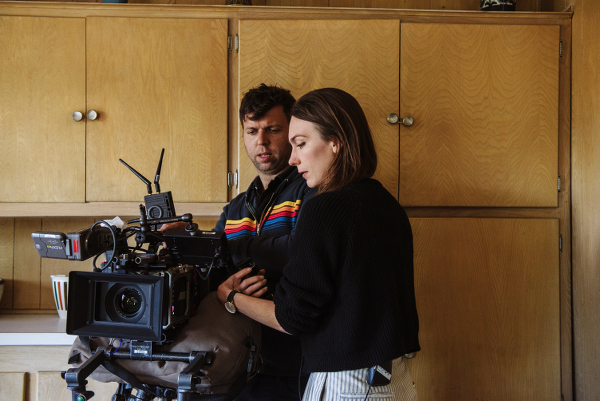
I wanted to present something raw and truthful. I understood it would be skewed to some degree by my own perception. But having had the first hand experiences I did with the illness, I felt representing my experience of it was the best I could do. And isn’t that all art is? A view of the world through the lens of an individual’s perception. I also wondered if the shooting of it might be triggering, for myself and others. When dealing with my grandmother, who is schizophrenic, I often felt woozy, disassociated. I think that is common. Our reality is very much based on a feedback loop of human behavior. Words, reactions and body language all help us create how we see the world. When that is radically different for someone, it can throw off the person interacting with them. It can feel very destabilizing, which is another reason it can be difficult to help. People are adverse to it. But I had a great level of trust and comfort with Simon and Juno. When it came to shooting scenes, I was all about the craft; the camera setups, figuring out what adjustments to give my actors to help get them there.
The real-life story had a happy ending. We were able to get Billy back to his family in London and stabilized in a psychiatric facility. Billy’s medication is very effective and he is now in the unique position of being able to reflect on his experiences with unusual clarity. He found owning his truth is empowering; it made the experience he went through have a new purpose – to be of service to others. It was daunting for me to make a personal film and reveal so much of my and my friends’ story to so many. But the most touching aspect of this whole experience has been how film festival audiences around the world who have seen Lost Transmissions have felt encouraged to share their own experiences with mental health.
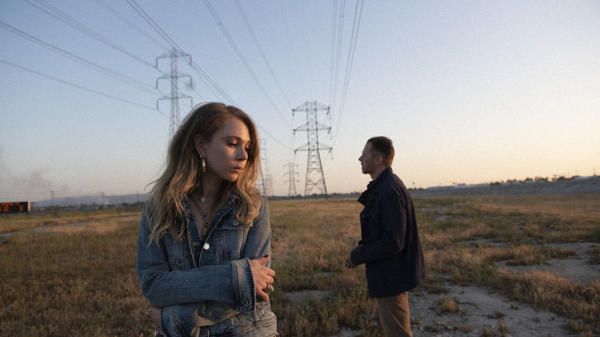
I love the medium of film because I believe it functions as another type of feedback loop, one in which we watch stories to better learn about who we are, and how we can gain a more nuanced articulation of our emotions. The state of society affects the films we make, which in turn can affect us, and even society as a whole. There is a purpose to realistic films that reveal harsh facts about how we currently function. With the release of Lost Transmissions, we’re entering into the most exciting part of the journey for me, where we can see the way the film is picked up in that feedback loop. What sort of ripples it might have, how it zings around with other elements out there, doing its own dance with chaos theory. I hope this story will do some good for the people out there who need it.
Featured image shows Katharine O’Brien (left) with Juno Temple and Simon Pegg on the set of Lost Transmissions. Image by Elizabeth Kitchens, courtesy of Katharine O’Brien.


